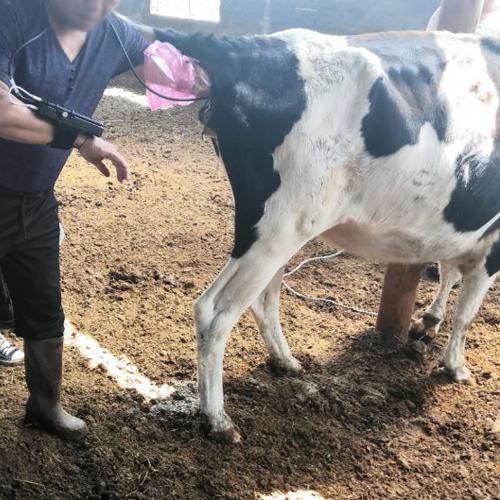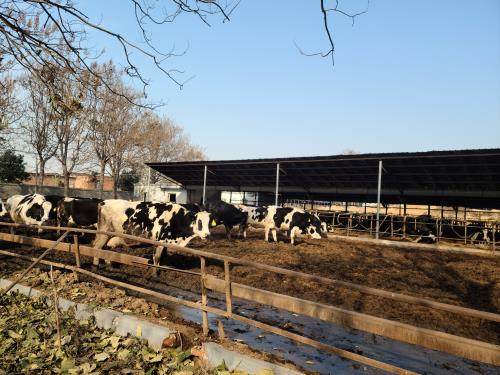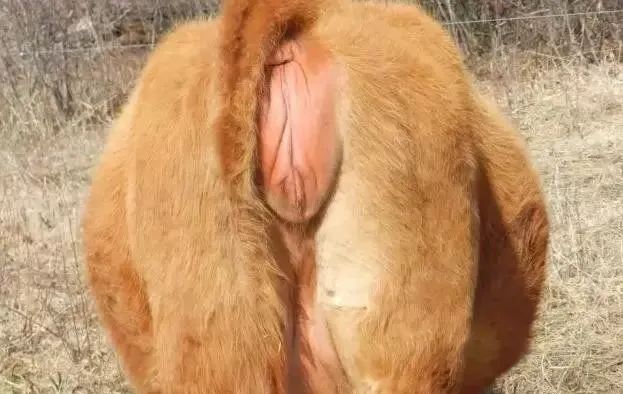With the development of animal husbandry, ketosis in dairy cows has become more and more common, which has become a reason for the elimination and death of dairy cows. From the data on the occurrence of ketosis in dairy cows, it is known that ketosis has become a common nutritional metabolic disease in lactating cows, with decreased milk production and dislike of exercise. It often occurs 1-7 weeks after calving, and most of them are manifested as depression in dairy cows, and other clinical symptoms. According to relevant data search, 4% to 5% of dairy cows in large-scale dairy farms will suffer from clinical ketosis every year, and some dairy farms are almost 3 to 4 times this number. In addition, the incidence of subclinical ketosis in dairy cows is even higher, and the incidence of some subclinical ketosis can reach 60%. .

Harm of ketosis in peripartum dairy cows
The occurrence of subclinical ketosis has brought great difficulties to diagnosis and prevention. Although ketosis can be cured, its occurrence will increase treatment costs, significantly reduce milk production of high-yielding dairy cows, change milk composition, reduce reproduction rate and increase culling rate. It can also cause malnutrition and infertility in dairy cows, which can cause great economic losses to farmers. In addition, milk produced by dairy cows with ketosis will affect human health after being consumed.
This disease is a metabolic disease that occurs in lactating cows within a few days to a few weeks after calving, characterized by ketonuria, ketonemia, lactone and hypoemia, no appetite, lethargy or excitement, decreased milk production, and occasional movement disorders. Most of the highest incidence rates are barn-fed dairy cows, and the incidence rates of each herd are almost different. Most of them occur within 5 weeks after calving, and a few occur within 8 weeks.
The incidence of ketosis in multiparous dairy cows is 4% to 29%; the incidence of subclinical ketosis is higher, especially in malnourished high-yielding herds, where the incidence is as high as 34%. The incidence of subclinical ketosis is highest in high-yielding cows, accounting for 10-30% of postpartum cows, leading to at least the following hazards: decreased milk production, increased blood ketone and milk ketone levels, weight loss, decreased milk quality, and increased incidence of reproductive system diseases.









